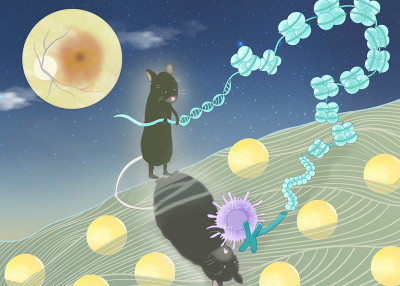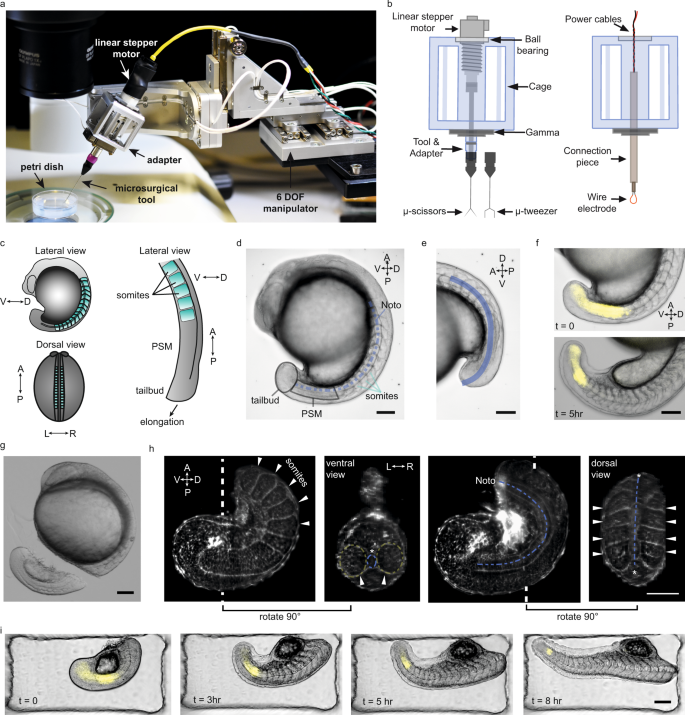カリフォルニア大学サンディエゴ校の研究者たちは、ほぼ1世紀にわたる調査から、これらの微細な生物は、過去の海洋汚染の傾向を監視する方法を提供し、おそらく小児および成人の慢性疾患の傾向を予測するために使用されるかもしれないと述べています。 Tapping an almost century-long survey, UC San Diego researchers say these microscopic organisms may offer way to monitor historical marine pollution trends; and perhaps be used to predict trends in childhood and adult chronic illnesses
2023-01-06 カリフォルニア大学サンディエゴ校(UCSD)
英国に本拠を置くCPRサーベイは、世界で最も長く継続し、最も広範囲な地理的海洋生態系調査です。1931年以来、約300隻の船がプランクトンや環境測定用のサンプリング装置を曳航し、世界中の海、地中海、バルト海、北海、淡水湖で720万マイル以上を移動してきました。
海洋プランクトンは、軟体動物から魚類、クジラまで、多くの水生生物の栄養源となる多様で小さな生物の集合体であり、その健全性に基づいて海の状態を記録・監視することを目的としています。
Naviauxと、Naviauxの研究室のプロジェクトサイエンティストである共同責任著者Kefeng Li, PhDらは、2002年から2020年の間に北太平洋の異なる3地点から異なる時期に採取したプランクトン標本を評価し、その後、医薬品、工業化学物質などの残留性有機汚染物質(POPs)、殺虫剤、フタル酸塩と可塑剤(プラスチック由来の化学物質)、パーソナルケア製品などの様々な人工化学物質の曝露量を様々な技術で評価しました。
研究者によると、これらの汚染物質の多くは過去20年間で減少しているが、一様にではなく、しばしば複雑な形で減少しているという。例えば、レガシーPOPsと一般的な抗生物質であるアモキシシリンの濃度は、過去20年間に北太平洋で広く減少していることが分析から示唆されている。これは、おそらく米国とカナダにおける連邦政府の規制強化や抗生物質の使用量全体の減少が一因だが、ロシアと中国では同時に使用量が増加しており、この発見は混乱した。
最も汚染されたサンプルは、人間の活動に最も近く、陸上流出や養殖などの現象にさらされる沿岸域から採取されたものであった。これらの場所では、近海に生息するプランクトンからより多くの化学物質が検出され、その数も多かった。
Naviauxと共同研究者たちは、海洋プランクトンの研究において、パーフルオロアルキル物質(包装、衣類、調理器具など、さまざまな日用品に耐水性を高めるために一般的に使用されている化学物質)がプランクトンのエクスポソームにおいて顕著であることを明らかにした。
この物質は、ミトコンドリアタンパク質の一部を阻害することが知られており、その中には、コルチゾール代謝や生物のストレスに対する反応を制御するのに重要な酵素が含まれている。その他の化学物質としては、プラスチックやローション、シャンプーなどのパーソナルケア製品に含まれるフタル酸エステル類が検出されました。フタル酸エステルは内分泌撹乱化学物質で、20年以上前からプランクトンのエクスポソームで増加しており、ミトコンドリアに対して直接的および間接的な影響を及ぼしている。
ナヴィオは、「プランクトンは、化学物質の曝露量に反応して、自らのミトコンドリアを変化させ、その生態を変化させているのです」と述べ、「人間も同様であると私は主張します。世界中の研究グループが私たちの方法を使うことで、生態系の健康と人間の健康との結びつきが強まり、過去1世紀にわたって人間の化学物質の足跡がどのように変化したかを監視する新しいツールが提供されればと思います」。
“もし、関連性が十分に高いことがわかれば、将来、世界中の観測地点から得られるプランクトンエクスポゾミクスが、人間の病気につながる汚染の追跡と抑制に利用されるかもしれません。”
<関連情報>
- https://today.ucsd.edu/story/marine-plankton-tell-the-long-story-of-ocean-health-and-maybe-human-too
- https://www.sciencedirect.com/science/article/abs/pii/S0048969722083267?via%3Dihub
連続プランクトン記録計調査のアーカイブ試料を用いた北太平洋における汚染動向の歴史的バイオモニタリング。 Historical biomonitoring of pollution trends in the North Pacific using archived samples from the continuous plankton recorder survey
Kefeng Li,Jane C.Naviaux,Sai Sachin Lingampelly,Lin Wang,Jonathan M.Monk,Claire M.Taylor,Clare Ostle,Sonia Batten,Robert K.Naviaux
Science of the Total Environment Available online: 28 December 2022
DOI:https://doi.org/10.1016/j.scitotenv.2022.161222

Highlights
- •This study reports the use of archived plankton samples for ocean pollution monitoring.
- •Samples from the Continuous Plankton Recorder (CPR) Survey were analyzed.
- •Dozens of anthropogenic chemicals displayed distinct spatiotemporal trends.
- •Phthalates from personal care products and plastics increased from 2002 to 2020.
- •Plankton nearest to human population centers had more complex exposomes.
Abstract
First started in 1931, the Continuous Plankton Recorder (CPR) Survey is the longest-running and most geographically extensive marine plankton sampling program in the world. This pilot study investigates the feasibility of biomonitoring the spatiotemporal trends of marine pollution using archived CPR samples from the North Pacific. We selected specimens collected from three different locations (British Columbia Shelf, Northern Gulf of Alaska, and Aleutian Shelf) in the North Pacific between 2002 and 2020. Comprehensive profiling of the plankton chemical exposome was conducted using liquid and gas chromatography coupled with tandem mass spectrometry (LC-MS/MS and GC–MS/MS). Our results show that phthalates, plasticizers, persistent organic pollutants (POPs), pesticides, pharmaceuticals, and personal care products were present in the plankton exposome, and that many of these pollutants have decreased in amount over the last two decades, which was most pronounced for tri-n-butyl phosphate. In addition, the plankton exposome differed significantly by regional human activities, with the most polluted samples coming from the nearshore area. Exposome-wide association analysis revealed that bioaccumulation of environmental pollutants was highly correlated with the biomass of different plankton taxa. Overall, this study demonstrates that exposomic analysis of archived samples from the CPR Survey is effective for long-term biomonitoring of the spatial and temporal trends of environmental pollutants in the marine environment.


